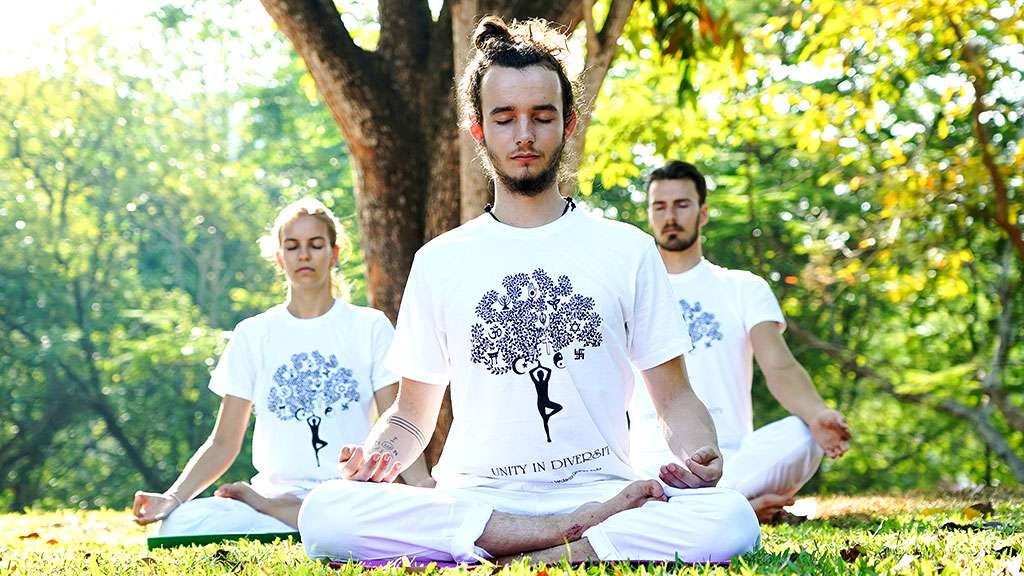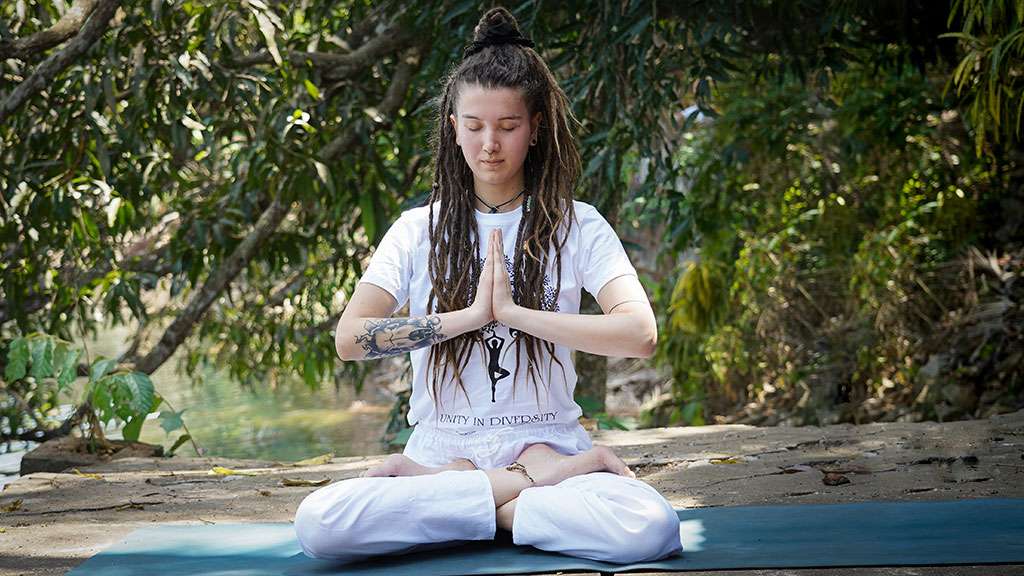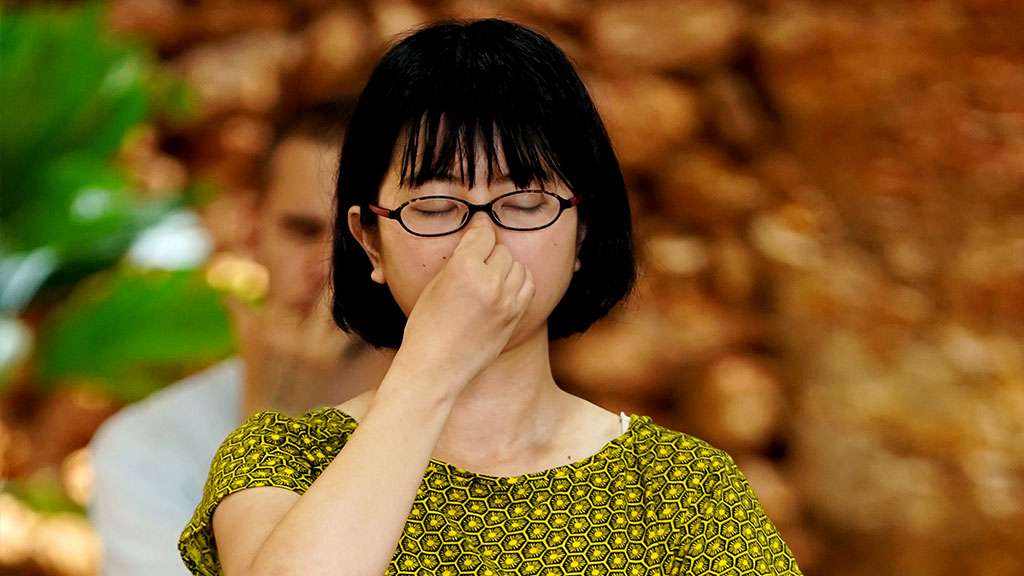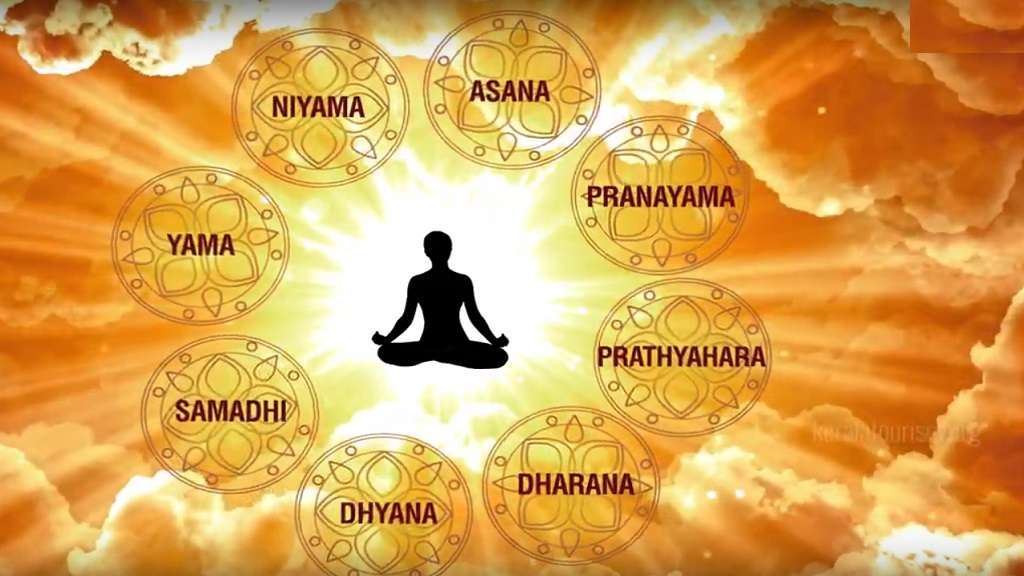


Classical schools of yoga are those schools that have not departed vastly from the philosophy described in the Vedic texts. Classical yoga abides by the tenets posited in the Vedas, the Upanishads and the Bhagavad Gita. Accordingly, classical schools of yoga have enlightenment as their goal.

Yoga is a discipline that was envisioned as a path to physical, mental and spiritual rejuvenation. Widely believed to have originated in India, the yogic philosophy may be gleaned from the many sacred Vedic texts. The discipline is an ancient one and originated in the times of the Indus Valley civilization. Even as the yogic discipline has evolved, classical goals have not wavered from their emphasis on spirituality. For instance, Vedic texts say that the goal of yoga is the union of the individual self with the higher consciousness. This, according to the Vedas, may be attained by detaching oneself from material concerns. The Bhagavad Gita identifies selflessness, metaphysical awareness, and devotion as the end goals of yogic discipline. This again resonates with what the Vedas say about yoga as an instrument for detachment from immediate self-absorption and ascent towards a higher truth.

Even when it was adopted by Buddhism, the discipline of yoga echoed this vision. According to the teachings of the Buddha, the yogic discipline leads to “Nirvana” or spiritual freedom from the material world. The practice of yoga is seen as the key to alleviating worldly suffering. In a sense, all classical forms of yoga share this perspective on the spiritual truth. This is true even when different forms vary in their beliefs in and understanding of a cosmic presence. While the Hindu sacred texts provide the philosophy that the discipline of yoga is built on, they do not instruct followers about the practice. The primary text that details the practice of classical yoga is the Yoga Sutras by sage Patanjali. Composed as aphorisms they detail the practical aspects of yoga. It is from the Yoga Sutras that classical yoga draws guidance even for its better known aspects like asanas (body postures) and pranayama (breathing techniques).

The primary text that details the practice of classical yoga is the Yoga Sutras by the sage Patanjali. The Yoga Sutras are composed as aphorisms and detail the practical aspects of yoga. Itis believed to have been written between 300 and 400 CE. The classical form of yoga described in the Yoga Sutras is Ashtanga Yoga. As the Sanskrit term “ashtanga” indicates, Patanjali envisioned an eight-fold path within the yogic discipline. The union of the individual with the cosmic is seen in the Yoga Sutras as the last of the eight steps. Known as “Samadhi” or the state of union, it may be attained through seven practices. These are abstinence, austerity, posture, control of breath, detachment from the sensory world, concentration and meditation. In Sanskrit, as they were originally composed, these eight steps are Yama, Niyama, Asana, Pranayama, Pratyahara, Dharana, Dhyana and Samadhi. The eight steps of Ashtanga yoga can be understood under three parts. The first part is yoga ethics which details the conduct prescribed with regard to the yogic discipline. The second part comprises the external aspects of yoga which pertain to mastery over and detachment from the physical needs of the body. The last part of Ashtanga Yoga focuses on internal aspects that transition from emphasis on physical needs to a pursuit of the metaphysical. The ethics of yoga are dictated under Yama and Niyama.